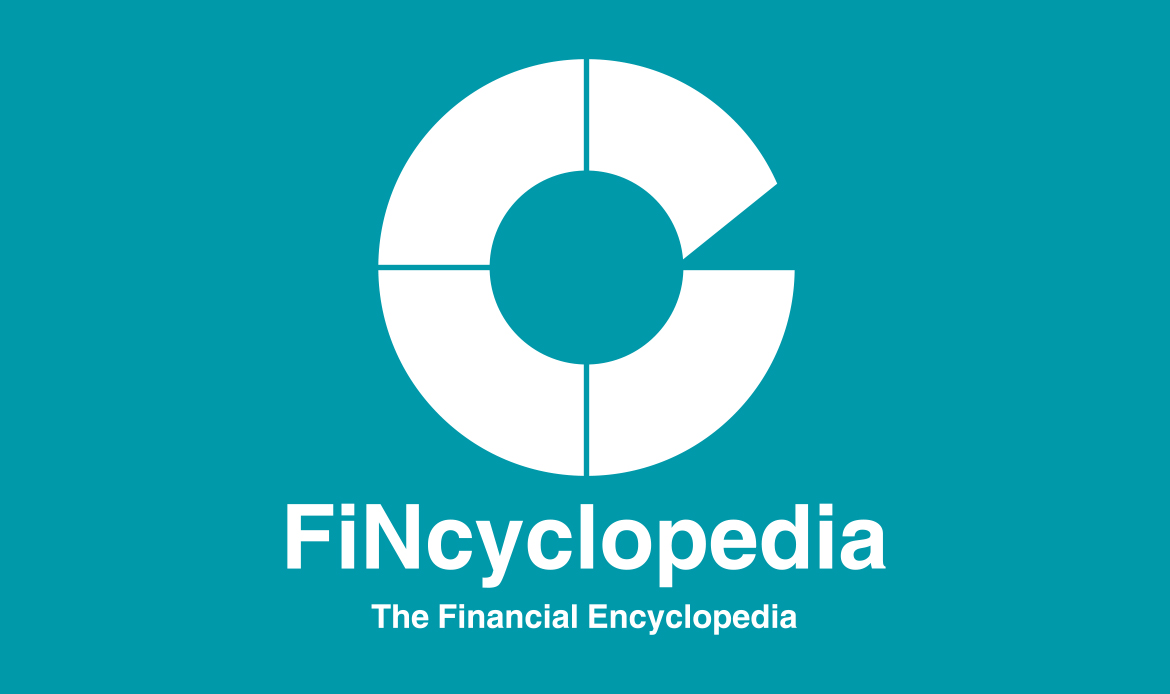Markets follow different trading systems depending on a number of criteria/ classifications. One classification differentiates between two types of markets on the basis when the market participants are allowed to trade. In this respect, markets are classified as call markets and continuous markets.
A call market is a marketplace in which trading takes place at certain points in time (discrete time intervals), i.e., when the market is called. For example, call markets are usually called once or twice during the trading day. Buy and sell orders are batched at discrete points during the day and are matched or executed simultaneously at the same price and according to specific rules during each call session. Trading in a call market can usually take place either by written auction or by verbal auction.
A continuous market is where trading takes place on an ongoing basis. For example, a market order placed in a continuous market will be executed without delay at the best price available. Such a market trades on an uninterrupted basis during the trading session (e.g., 9 a.m. to 4 p.m. for markets in stocks and listed derivatives) or throughout the day (e.g., 24/7 for markets in forex and most electronically traded securities and derivatives).
In call markets, traders can place both limit and market orders. Market orders are executed at prices established at the call auctions. However, unlike market orders in continuous markets, traders in call markets have no a glimpse of the levels of price at which their trades are likely to be executed. They are even not certain whether a transaction will be forged or not. Therefore, call markets are associated with a greater price uncertainty for market orders than continuous markets. Moreover, price change in a continuous market is likely to be smaller than price movement between calls in a call market, from order placement until execution.
Also, call markets usually place limits on the maximum allowable divergence from the prior call price.. That is, a transaction may not be executed if the market applies price limits and the clearing price is larger than the price limits.
In call markets, an auctioneer handles all orders for an issue when the security is called. The auctioneer facilitates arriving at a clearing price that best matches the overall number of securities offered by sellers with those chased by buyers. Subsequently, all sell and buy market orders will be executed. Likewise, all limit orders to buy at the clearing price or above and all limit orders to sell at the clearing price or below will be executed. In a call market, all the buyers pay and sellers receive the same price, i.e., the call price.



